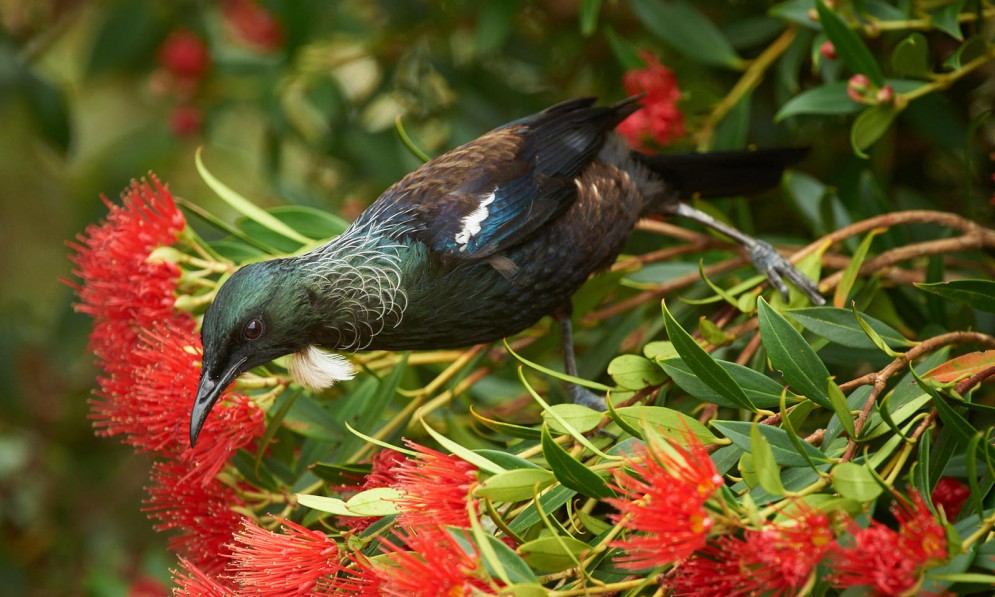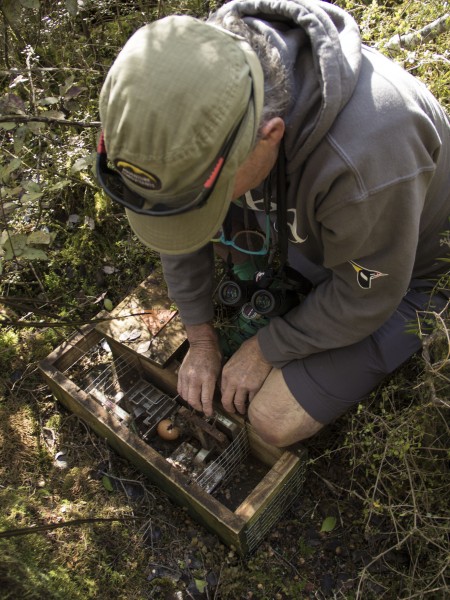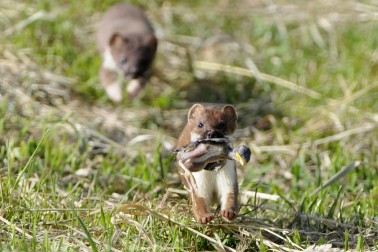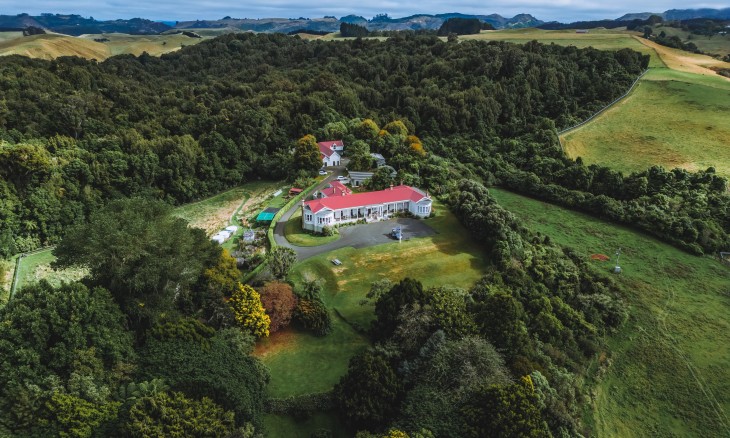Why it matters
Imagine an Aotearoa free of introduced predators, where urban areas are filled with native birds, lizards, insects, and plants.

Tūī populations are quick to bounce back in areas where large-scale predator control occurs. Credit: Craig McKenzie
The story so far
1960 — Forest & Bird led New Zealand’s first predator-free success story when members from Waiheke Island laid rat bait across Maria Island in the Hauraki Gulf, where the recent arrival of rats had decimated breeding seabirds. Unintentionally, the group managed the world's first rat eradication.
In the following decades — the Wildlife Service and later the Department of Conservation have successfully eradicated pests from larger and larger areas. Every decade, the land area that's been able to be made pest-free has increased 10-fold
2012 — Forest & Bird gathered 20 pest control experts to discuss whether a predator-free New Zealand was a realistic concept. They decided it was possible – and it was do-able by 2050.
2016 — the National Government formally adopted the policy, announcing the country would be free of the triple threat of possums, rats and stoats by 2050.
2022 — Manaaki Whenua Landcare Research and Predator Free Rakiura announce $2.8 million over four years is going to research how to eradicate rats, possums, cats, and hedgehogs from Rakiura Stewart Island.
Predator Free 2050

Forest & Bird member Mark Ayre sets a DOC 200 to protect mohua (yellowheads) in Makarora. Credit: Kimberley Collins Creative Commons
Forest & Bird has welcomed this ambitious goal—sometimes referred to as New Zealand’s equivalent of putting a person on the moon—but we’ve said it has to be done properly.
We want to see a national Predator Free 2050 strategy that covers all the introduced predators, and adequate funding to make the goal a reality. We’ve also warned against wasting too much time and funding on investigating new technologies—we already have the main tools needed to achieve the goal.
A really positive effect of the Predator Free 2050 goal has been a huge upsurge in community effort in trapping in reserves, bush fringes and backyards. Thanks to Forest & Bird branches and other predator-free community groups, we’re already seeing what is possible as native wildlife returns our urban areas.
With our advocacy and expertise, we are helping make Predator Free 2050 a reality. And you can help us get there.













